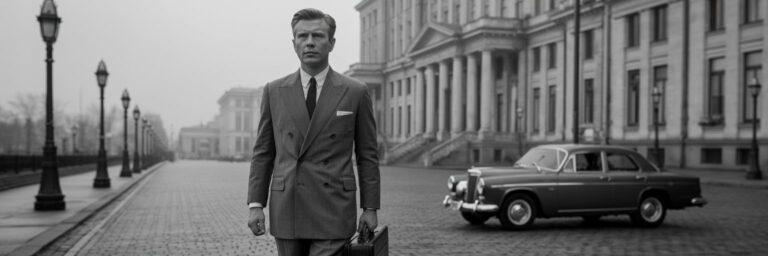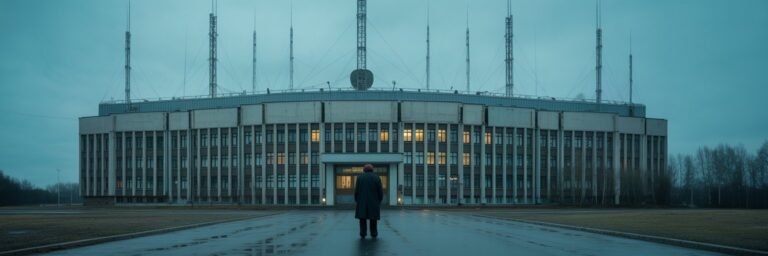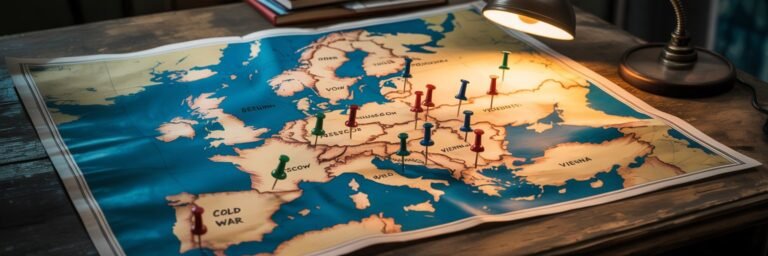INTRODUCTION
As the turbulence and paranoia of the Cold War period swept across the world, it left in its wake a series of unsettling mysteries – many of which remain unsolved to this day. The proxy battles, espionage, and clandestine operations during the intense tension between the United States and the Soviet Union between 1945 to 1991 veiled sinister incidents, puzzling disappearances, and whispered controversies that still provoke speculation.
The Cold War might be confined to history books, but the chilling enigmas that it spawned persist in modern consciousness, continuing to mesmerize historians, researchers, espionage enthusiasts, and conspiracy theorists as they relentlessly probe through the murky depths of the past.
HISTORICAL BACKGROUND
The Cold War, emerging out of the ruins of the Second World War, set off an intense ideological rivalry between the two global superpowers, the democratic capitalist United States, and the communist Soviet Union. Survival became synonymous with the development of deadly arsenals, technological advancements, and political hegemony, triggering the omnipresent terror of a nuclear apocalypse.
The fallout of this geopolitical clash wasn’t confined to battlefields or the diplomatic drawing rooms. It bled into every corner of society, proliferating an insidious culture of suspicion, secrecy, and subterfuge. Spy networks infiltrated governments, double agents thwarted plans, and scientific secrets were stolen. The pressure-cooker atmosphere generated countless secrets and enigmas, many of which have yet to be resolved.
THEORIES AND INTERPRETATIONS
Each uncertainty rooted in the Cold War era has birthed innumerable theories, some grounded in solid research, others in pure speculation. For instance, the controversial disappearance of nuclear physicist Bruno Pontecorvo in 1950, a seeming defector to the Soviet Union, has driven several interpretations. Some historians link his disappearance to Soviet intelligence agency KGB’s espionage operations, while others speculate a hidden American intelligence participation.
Another such enigma involves the U-2 spy plane incident, where pilot Gary Powers was shot down over Soviet airspace in 1960. Powers’ miraculous survival and later return to the U.S. fueled theories, varying from a planned intelligence operation to questions about the advanced technology supposedly used by the Soviets to bring the U-2 down.
MYSTERIES AND CONTROVERSIES
The Cold War was replete with controversies and mysteries, each an intricate puzzle waiting to be pieced together. Among these is the unexplained Hinterkaifeck murders of 1920s Germany that ensued amidst the escalating tensions of the time. Some researchers suggest the incident had political undertones, propelling the German population into fear and instability, perfectly timed for the rise of extremist ideologies.
Perhaps more infamous, though less bloody, is the Cambridge Spy Ring controversy. Comprised of five British nationals recruited by the KGB during their university years, their revelations shook the fundamentals of the MI6 and Foreign Office, spurring questions about the extent of Soviet infiltration into Western societies.
SYMBOLISM AND CULTURAL SIGNIFICANCE
The unsolved mysteries of the Cold War aren’t just remnants of an age-old conflict. They’re symbolic markers of a generation often called the “long peace,” laced with apprehension and intrigue. These enigmas frequently surfaced in popular culture, encapsulating the era’s paranoid zeitgeist.
The clandestine operations and espionage networks exemplified distrust between nations, highlighting the period’s ideological confrontation. Even the nuclear races and scientific advancements reflected the power dynamics, engulfing the culture, entertainment, and literature.
MODERN INVESTIGATIONS
Modern investigative techniques, leveraging advanced technology, have reenergized interest in these long-standing riddles. DNA forensics, facial recognition software, and satellite imaging have been employed to reassess cases such as that of Raoul Wallenberg, a Swedish diplomat who disappeared in 1945, his fate an enduring question.
Yet despite these technological leaps, the answers to many of these mysteries are cloaked in the murky darkness of classified archives, international bureaucratic red tape, and continuing political sensitivities. Modern investigations continue along with the hope that one day these mysteries may finally be unveiled.
LEGACY AND CONCLUSION
The legacy of the Cold War spans politics, global relations, science, technology, and public and social policies. Yet, the enigmatic mysteries remain perhaps the most lasting – and tantalizing – elements of this historical period, continuing to captivate and confound.
While some mysteries offer thrilling narratives, others are stark reminders of the period’s harsh realities: secret police, state-sponsored assassinations, and rampant paranoia. Yet each unsolved riddle adds another layer to our understanding of this epoch, as historians learn not only from what we know about the Cold War but also from the punctuating questions that remain.
Today, as we look back at the debris of conspiracies and unresolved mysteries, they serve as a reminder of a world that once was – and in many ways, continues to be – a battleground of ideologies, both deadly serious and deliciously intriguing. Perhaps some will be unraveled by future research, while others will retain their mystique, cautionary tales of a game of shadows that once held the entire world in its grip. But one thing is clear: the unsolved mysteries of the Cold War will continue to captivate our collective curiosity, representing a past that is not entirely past.






